晋山窯ヤマツ
Frustum Sencha (black glaze)
Frustum Sencha (black glaze)
Supplementary product information
Supplementary product information
Production area: Gifu Prefecture
Size:
・W: 80mm
・D: 80mm
・H: 62mm
・Capacity: 180cc
・Weight: 130g
Material: Porcelain
Couldn't load pickup availability
Frustum is a tea set with a design remodeled for modern living to help people rediscover the goodness of tea.
By adopting a conical shape for the tea cup, it provides comfortable grip.
The form that gradually tapers toward the rim brings the drinking edge and nose naturally closer than before, allowing for greater enjoyment of the aroma.
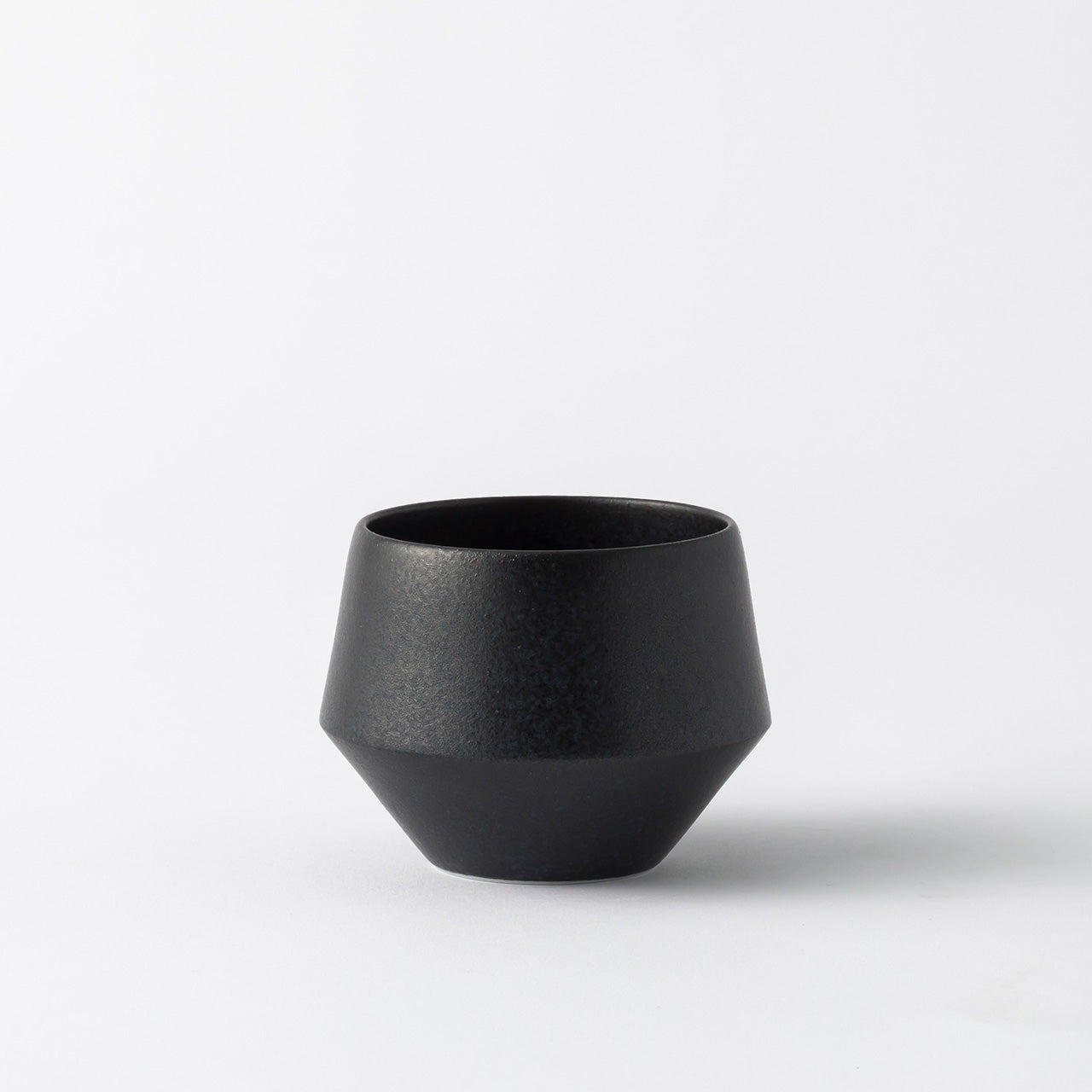
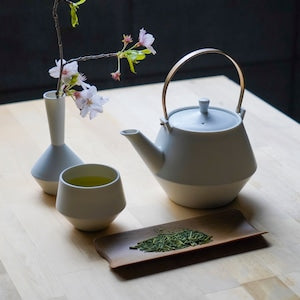
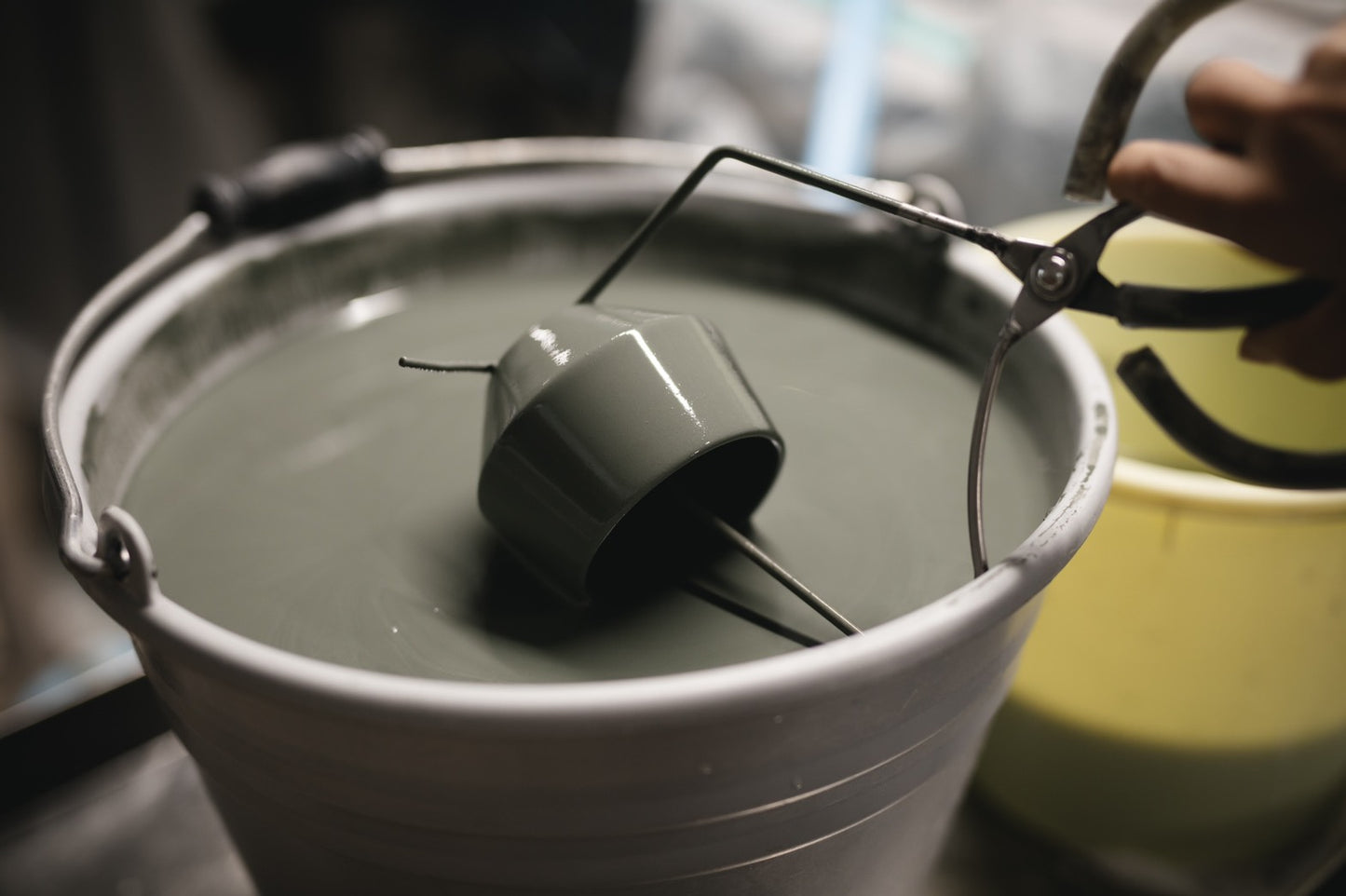
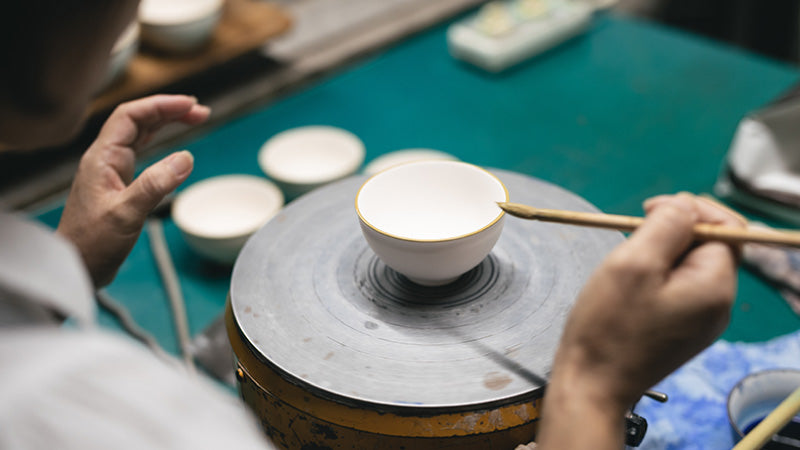
The History of Mino Ware
Mino-yaki is said to have originated in the Nara period when the potter's wheel and anagama kilns were introduced from the Korean Peninsula along with Sue ware production techniques. During the Heian period, the production of ash-glazed pottery began, and in the Azuchi-Momoyama period, with the popularity of the tea ceremony, Shino, Kiseto, Oribe, and Setoguro were created.
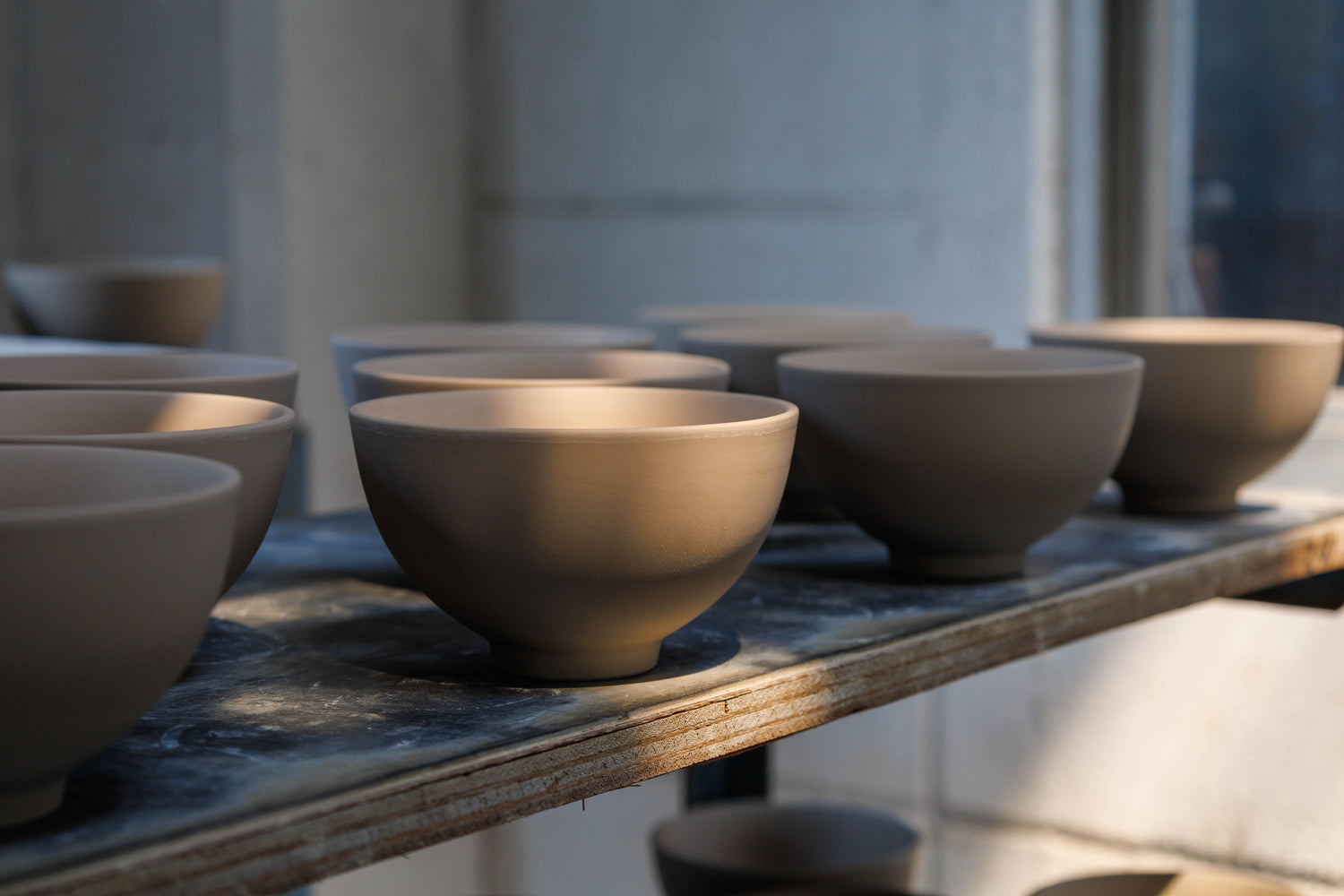
Characteristics of Mino ware
Mino-yaki has developed a wide variety of techniques and glazes throughout its history, with as many as 15 types designated as traditional crafts. Production of everyday household items began in the Meiji period, and since then, tea ceremony utensils and tableware with simple yet beautiful glaze colors and forms have been cherished.
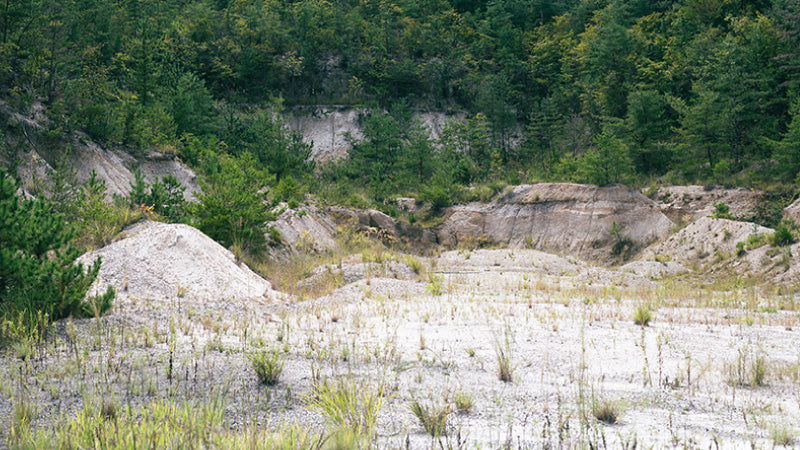
Mountains, soil, water
Toki City in Gifu Prefecture is rich in clay for ceramics, as approximately 70% of the area consists of hilly terrain. The clay used for ceramics originally comes from granite. Over time, it weathered and decomposed, was exposed to wind and rain, accumulated, and eventually mixed with organic matter such as soil and fallen leaves to form the clay found in the Tono region. The Toki River (Shonai River) and the abundant water flowing through it gather this clay.
Mino ware
Mino-yaki is a collective term for ceramics produced in the Tono region of Gifu Prefecture, including Toki City, Tajimi City, and Mizunami City. The Tono region is Japan's largest ceramic production hub, with Toki City being the top ceramic-producing city in Japan. While 15 items including Shino, Oribe, and Kizeto have been designated as traditional crafts, the range extends widely to tableware that graces everyday dining tables.




